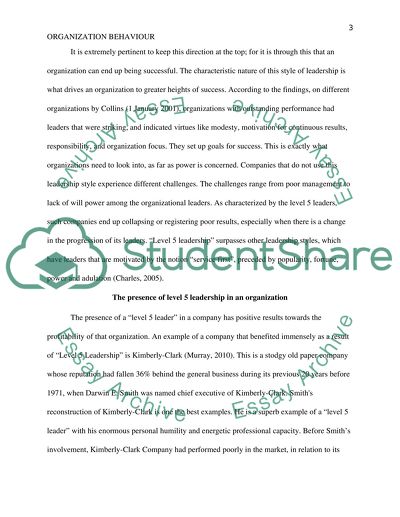Cite this document
(“Level 5 Leadership Assignment Example | Topics and Well Written Essays - 1250 words”, n.d.)
Retrieved from https://studentshare.org/sociology/1393866-organizational-behavior
Retrieved from https://studentshare.org/sociology/1393866-organizational-behavior
(Level 5 Leadership Assignment Example | Topics and Well Written Essays - 1250 Words)
https://studentshare.org/sociology/1393866-organizational-behavior.
https://studentshare.org/sociology/1393866-organizational-behavior.
“Level 5 Leadership Assignment Example | Topics and Well Written Essays - 1250 Words”, n.d. https://studentshare.org/sociology/1393866-organizational-behavior.


